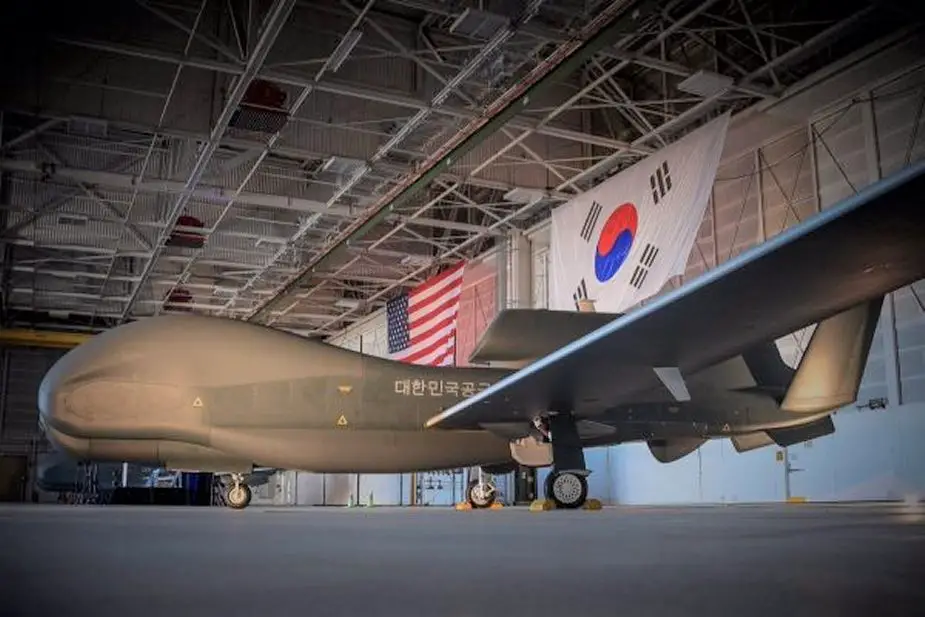Breaking news
More RQ-4 Global Hawk HALE drones to be delivered to South Korea.
On Sunday, April 19, Harry Harris, the U.S. ambassador to South Korea, announced the delivery of additional Northrop Grumman RQ-4 Global Hawk long-range surveillance drones to the country. The first of four RQ-4 Global Hawk drones for South Korea arrived in December 2019 at Sacheon Air Base.

Northrop Grumman RQ-4 Global Hawk HALE drone delivered to South Kora (Picture source: Twitter via @USAmbROK)
According to South Korea’s Yonhap News Agency, Harris’ decision to announce the delivery on Twitter has drawn controversy in Seoul, where the current government has been trying to avoid emphasizing certain sensitive military deliveries, Ankit Panda reports on The Diplomat. According to an anonymous South Korean military source cited by Yonhap, South Korea’s “basic stance is that we do not publicize such things for security reasons.” This source added that “Global Hawk is a key surveillance asset, though we understand high public interest in it.” The United States and South Korea finalized a deal in December 2017 worth $657 million for the transfer of the surveillance drones and their associated spare parts and control equipment.
The Northrop Grumman RQ-4 Global Hawk is a high-altitude remotely-piloted surveillance aircraft. It was initially designed by Ryan Aeronautical (now part of Northrop Grumman) and known as Tier II+ during development. The Global Hawk performs duties similar to that of the Lockheed U-2 spy plane. The RQ-4 provides a broad overview and systematic surveillance using high-resolution synthetic aperture radar (SAR) and long-range electro-optical/infrared (EO/IR) sensors with long loiter times over target areas. It can survey as much as 40,000 square miles (100,000 km2) of terrain a day, an area the size of South Korea.
The Global Hawk is already used by the U.S. Air Force as a High-Altitude Long Endurance (HALE) platform covering the spectrum of intelligence collection capability to support forces in worldwide military operations. Cost overruns led to the original plan to acquire 63 aircraft being cut to 45, and to a 2013 proposal to mothball the 21 Block 30 signals intelligence variants. The initial flyaway cost of each of the first 10 aircraft was US$10 million in 1994. By 2001 this had risen to US$60.9 million, and then to $131.4 million (flyaway cost) in 2013. The U.S. Navy has developed the Global Hawk into the MQ-4C Triton maritime surveillance platform. Drones Arrive in South Korea.



























